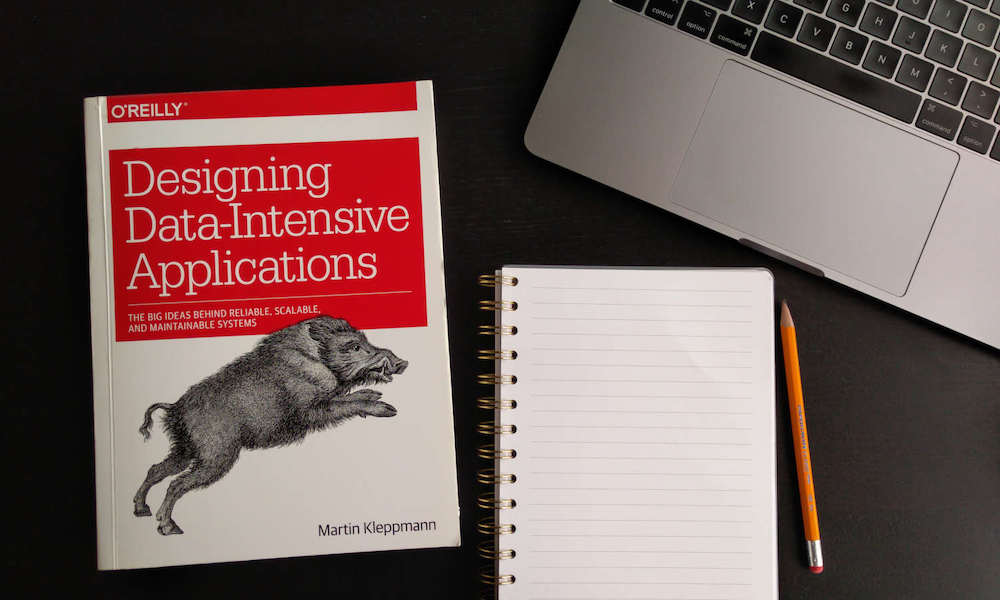


Seeing them as an ensemble rather than overlapping in terms of functionality will go a long way to getting the most out of them. Martin discusses how different data stores, such as databases, caches, search indices, streaming engines and batch processors are built to meet different needs. It discusses how CPUs are rarely the primary data-related bottleneck these days and how the amounts of data, the complexity of their structures and the speed at which they change are much more at the forefront of challenges. The first chapter discusses reliable, scalable and maintainable applications. In this blog post, I'll walk through the chapters giving an overview of what I consider to be highlights as well as some of my observations and feedback. The 12 chapters of the book are broken up into three parts: Part I. The third is anyone that believes a single data system offering blankets most use cases as this book will give great technical explanations justifying the many offerings available today and give good reasons for their use in ensembles. The second is anyone who feels overwhelmed by the variety of data systems available as they might come to terms with the themes shared between offerings. The first is any developer who sees databases as black boxes and/or feels they're playing catch-up with performance in their data layer all the time. I think the data community as a whole will enjoy this book but there are three types of readers in particular I think would benefit the most.

References are given regularly with an average of 68 per chapter and that number growing as the chapters progress.

The book makes scant use of algebraic equations and opts to use the power of the English language to convey teachings. He comes across in the book as someone who is very well versed in the architectures and algorithms used in many databases.Įarly chapters do a very good job of concisely covering the fundamentals of data storage and retrieval. Martin Kleppmann worked as a Senior Software Engineer at LinkedIn for two and a half years and is a committer to open source projects such as Apache Avro and Apache Samza. The book is due to be published next month so I wanted to take an opportunity to give some insights into the book that I've enjoyed having in my possession for the past year. By November all 12 chapters were populated and the book spanned 561 pages cover-to-cover in PDF format. At the time, 9 of the 12 chapters of the book were populated with content. I bought an electronic early release of the book Designing Data-Intensive Applications by Martin Kleppmann in March of 2016.


 0 kommentar(er)
0 kommentar(er)
